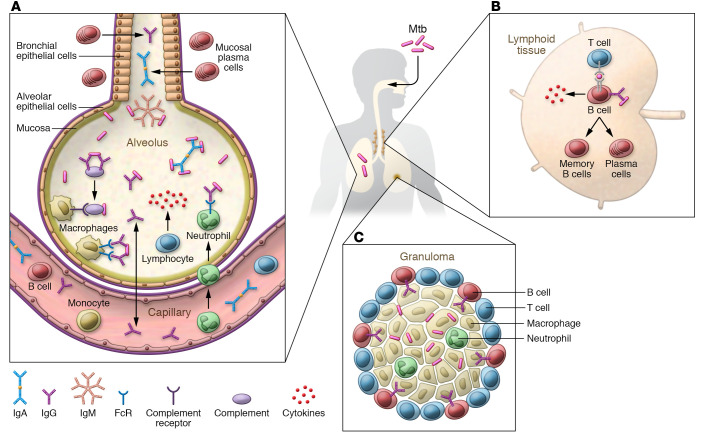Figure 2. Potential protective roles of antibodies and B cells in the lung during both initial Mtb exposure and LTBI.
(A) Antibody isotypes (IgA, IgG, and IgM) could impact Mtb in the lower airways through binding, opsonization, complement activation, and FcR-mediated enhanced phagocytosis and intracellular growth reduction by phagocytes. (B) B cells located in germinal centers of lymphoid tissues could control infection through (i) enhancing antigen presentation to T cells; (ii) production of helper cytokines for T cells; and (iii) generation of antibodies that could modulate innate and adaptive immune responses. (C) Both the presence of B cells and the pro- and antiinflammatory capacities of antibodies could influence the formation of functional granulomas and thereby contribute to the control of Mtb.

